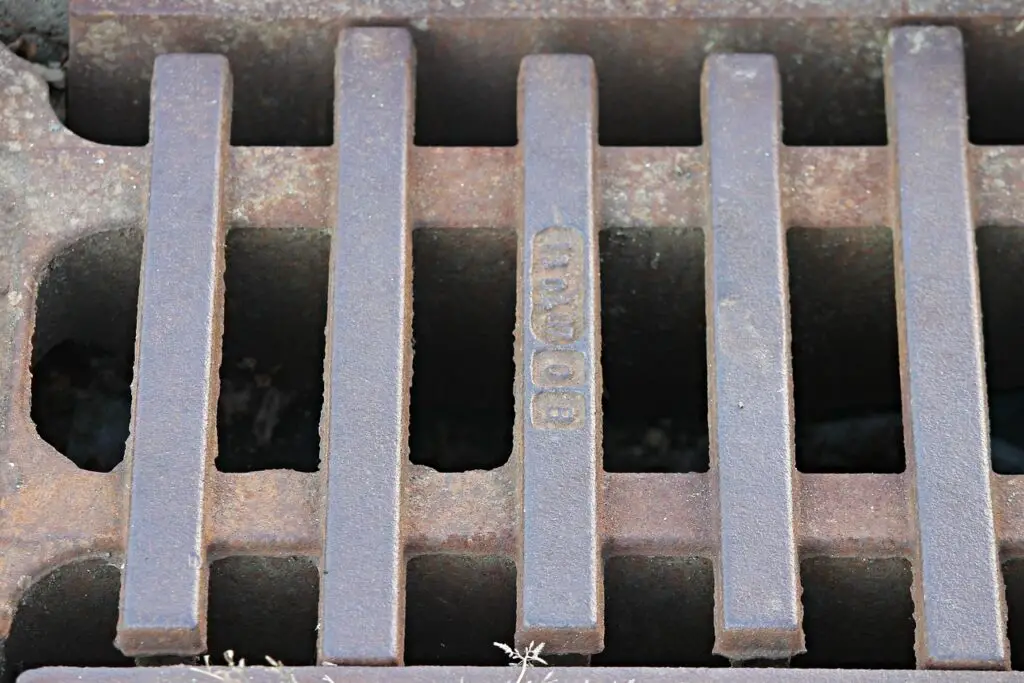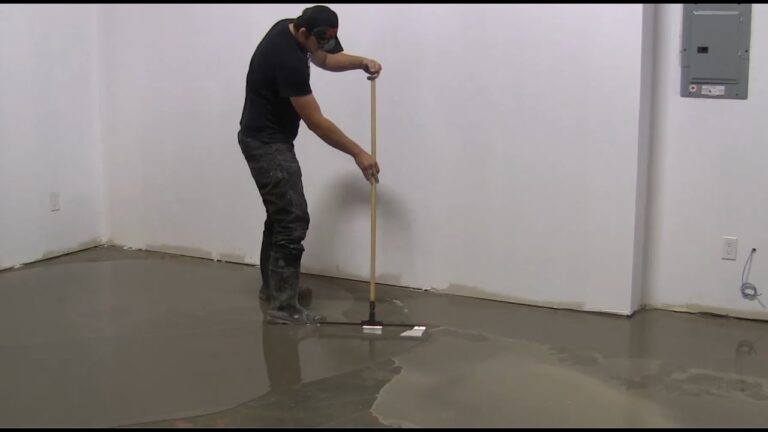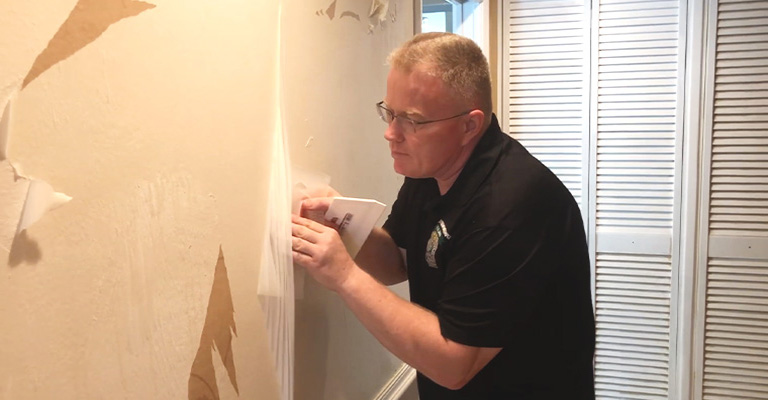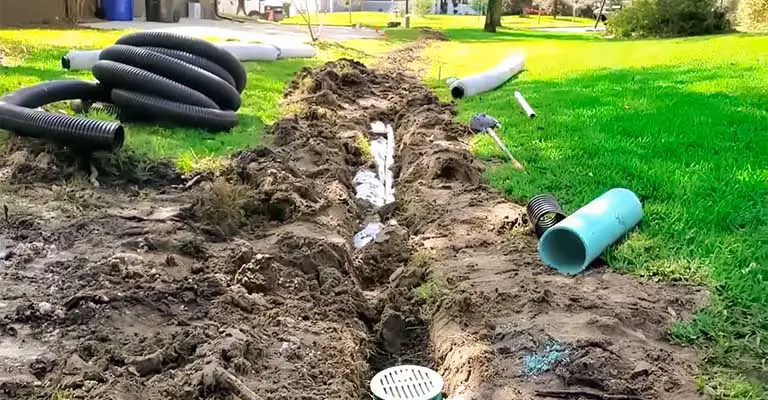Must-Knows for a Healthy and Functional Septic System
Maintaining a healthy and functional septic system is crucial for the well-being of your home and the environment. While septic systems often operate quietly beneath the surface, overlooking their care can lead to costly repairs and potential environmental hazards.
In this comprehensive guide, we’ll explore the must-knows for a septic system that thrives in its role, ensuring the efficient processing of household wastewater. From understanding the basics to implementing practical maintenance tips, let’s dive into the world of septic systems and discover the keys to their longevity.
What is a Septic Tank System?
A septic tank system is a decentralized wastewater treatment solution commonly used in areas without access to municipal sewage systems. It consists of a septic tank and a drain field, where wastewater undergoes natural processes for filtration and purification. Septic tanks are typically made of durable materials such as concrete, fiberglass, or plastic. These tanks are buried underground, ensuring they stay out of sight and out of mind. However, above ground septic tanks are used nowadays, allowing for easier access and monitoring of the system. Understanding the inner workings of a septic tank is essential for effective maintenance. Wastewater from your home flows into the septic tank, where solids settle at the bottom, forming sludge. The middle layer, known as effluent, is then released into the drain field for further treatment by soil. To maintain the functionality of this system, homeowners need to be aware of various factors, including tank size, usage patterns, and environmental considerations.
Regular Pumping for Optimal Performance
One of the key aspects of septic system maintenance is regular pumping. Over time, solid waste accumulates in the tank, reducing its capacity and potentially causing blockages. The frequency of pumping depends on factors such as household size, water usage, and tank size. On average, septic tanks should be pumped every three to five years. However, households with larger families or increased water consumption may require more frequent pumping to prevent issues and maintain optimal performance.
Water Conservation and Septic System Health
Conserving water is not only an eco-friendly practice but also a crucial aspect of septic system maintenance. Excessive water use can overwhelm the system, leading to premature failure. Implementing water-saving habits, such as fixing leaks promptly, using low-flow appliances, and spacing out laundry loads, can significantly contribute to the longevity of your septic system. Additionally, avoiding the disposal of non-biodegradable items and harsh chemicals down the drain helps maintain a balanced microbial environment within the tank, facilitating efficient waste breakdown.
Landscaping and the Drain Field

The drain field plays a pivotal role in the final stage of wastewater treatment, allowing effluent to percolate into the soil. Proper landscaping around the drain field is essential to ensure its effectiveness. Avoid planting trees or large shrubs with extensive root systems near the drain field, as they can infiltrate and damage the pipes. Compacted soil, excessive weight, and vehicle traffic should also be minimized to prevent soil compaction, maintaining the drain field’s ability to absorb and treat wastewater effectively.
A healthy septic system is a silent hero, quietly performing its vital role in household sanitation. By understanding the fundamentals of septic tank systems and adopting proactive maintenance practices, homeowners can ensure the longevity and efficiency of their systems. From regular pumping to water conservation and thoughtful landscaping, these must-knows form the foundation for a septic system that functions seamlessly, providing peace of mind for homeowners and safeguarding the environment.






